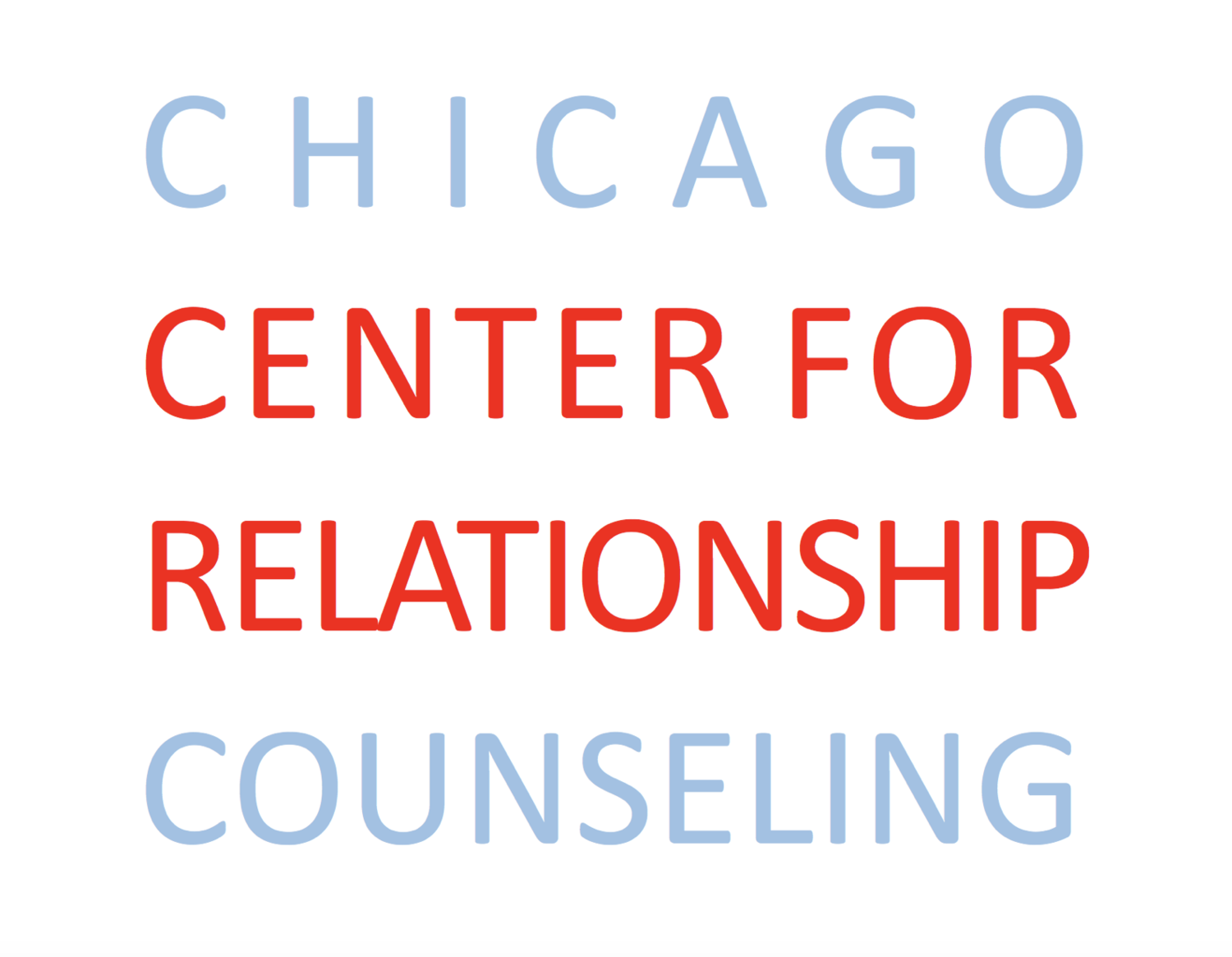What to Do If Your Partner Doesn't Want to Come to Couples Therapy
Life is an incredible journey, filled with twists, turns, and moments of profound growth. When challenges arise in our relationships, seeking support through couples therapy can be a transformative step. However, what do you do if your partner is reluctant or outright refuses to join you in therapy? As a therapist specializing in Trauma-Informed Cognitive Behavioral Therapy (TF-CBT) and Emotionally Focused Therapy (EFT), I've encountered this situation many times. Here’s some guidance on navigating this delicate scenario.
I. Understand the Hesitation
The first step is to understand why your partner is hesitant. Common reasons include:
1. Fear of Being Judged or Blamed: Therapy can feel intimidating, especially if one fears being singled out as the problem.
2. Stigma Around Therapy: Despite growing acceptance, some still view therapy as a sign of weakness or failure.
3. Previous Negative Experiences: Past encounters with therapy might have been unhelpful or even harmful.
4. Privacy Concerns: Sharing intimate details of your relationship with a stranger can be daunting.
II. Approach the Conversation with Compassion
When bringing up the topic of therapy, it's crucial to approach your partner with empathy and understanding. Here are some tips:
1. Choose the Right Moment: Find a time when you are both calm and unlikely to be interrupted.
2. Express Your Feelings: Use “I” statements to express your concerns. For example, “I feel like we’re struggling to communicate effectively, and I think therapy could help us.”
3. Avoid Blame: Frame therapy as a joint effort to improve the relationship, not as a way to fix your partner.
4. Highlight the Benefits: Explain how therapy can provide a safe space to explore issues, improve communication, and strengthen your bond.
III. Explore Alternatives
If your partner remains resistant, consider alternative approaches:
1. Individual Therapy: Start with individual therapy to work on your own feelings and strategies for improving the relationship.
2. Educational Resources: Books, podcasts, and online courses on relationship dynamics can be valuable tools.
3. Workshops and Seminars: Attend relationship workshops or seminars together, which can be less intimidating than therapy.
IV. Be Patient and Open
Change takes time, and it’s essential to remain patient and open to different paths of healing and growth. If your partner sees the positive changes therapy or other resources are bringing to your life, they might become more open to the idea of couples therapy.
V. Emphasize the Collaborative Nature of Therapy
In my practice, I emphasize a collaborative, compassionate, and deeply effective approach. Therapy is not about pointing fingers but about working together to access inner strength and resilience. Whether through traditional talk therapy, writing, or other modalities, our sessions are a space for curiosity, exploration, and growth.
VI. Consider Cultural and Individual Perspectives
As someone who specializes in working with multicultural couples and individuals, I understand the importance of cultural awareness and inclusivity. If cultural beliefs are influencing your partner’s reluctance, acknowledging and respecting these perspectives can be crucial in finding a way forward.
Final Thoughts
Navigating the complexities of a relationship can be challenging, especially when facing resistance to couples therapy. By understanding your partner’s concerns, approaching the conversation with empathy, and exploring alternative paths, you can take meaningful steps towards healing and growth. Remember, therapy is a journey of self-discovery and personal development, and every step, no matter how small, brings you closer to a vibrant and fulfilling life.
If you're ready to take the first step towards a brighter tomorrow, I'm here to support you every step of the way. Life is an incredible journey, filled with twists, turns, and moments of profound growth. Let’s embark on this journey together.
Photo by Alex Green: https://www.pexels.com/photo/unhappy-black-couple-sitting-on-bed-after-having-argument-5700170/






































